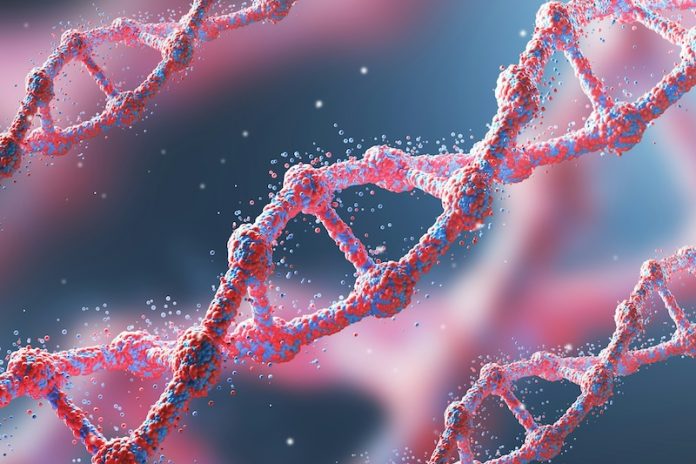
A recent study from Flinders University in Australia has made a significant discovery that could change the way we understand cancer.
This research suggests that a new type of genetic material, called circular RNAs, may increase a person’s risk of developing cancer.
These circular RNAs can bind to DNA within our cells, potentially causing mutations that lead to cancer.
This groundbreaking finding, known as ‘ER3D’ (endogenous RNA directed DNA damage), marks an important step forward in cancer research and could open up new ways to treat and detect the disease.
The Discovery
Professor Simon Conn, who leads the Circular RNAs in Cancer Laboratory at Flinders University, explained that this is the first time a genetic molecule has been identified with the ability to mutate our own DNA, causing cancer from within the body.
This discovery could help scientists develop new treatments that target these molecules, increasing the chances of preventing or curing cancer. Additionally, circular RNAs may serve as early indicators of cancer, allowing doctors to detect the disease sooner.
The Evidence
To understand the link between circular RNAs and cancer, the researchers compared blood samples from newborns who later developed leukemia with those from children who remained healthy.
These blood samples, known as Guthrie cards, showed a much higher presence of specific circular RNAs in babies who eventually developed leukemia.
The study’s results suggest that the amount of circular RNA in a person’s cells may influence the development of cancer-causing genes, known as oncogenes.
How Circular RNAs Cause Damage
According to Professor Conn, circular RNAs can attach themselves to DNA at various locations within a range of cells. Once attached, this interaction causes DNA to break apart.
The cell then tries to repair the broken DNA, but these repairs are often flawed, leading to small mutations or, in some cases, large mutations that can trigger cancer.
Circular RNAs can also change where broken pieces of DNA are located within the cell, leading to a process where two different regions of DNA are fused together during the repair. This fusion can lead to harmful genetic changes.
Serious Consequences
Dr. Vanessa Conn, the study’s lead author, pointed out that multiple circular RNAs can work together to break DNA at different spots. This process, called chromosomal translocation, can have devastating effects by fusing different genes together.
These gene fusions are a known cause of cancer and are especially dangerous because they can turn a healthy cell into a cancerous one. The study showed that this mechanism could rapidly lead to aggressive forms of leukemia.
Implications for Cancer Treatment
The discovery that circular RNAs can cause cancer by driving gene fusions is especially important in Australia, which has the highest rate of leukemia in the world.
Gene fusions are a key factor in determining how leukemia is treated, as they are associated with more severe outcomes for patients.
However, until this study, it was unclear exactly how these mutations occurred. Now, scientists have a clearer understanding of the role circular RNAs play in causing these harmful genetic changes.
The Flinders University research team believes that the ER3D process isn’t limited to leukemia. They are continuing their investigation into how circular RNAs contribute to other types of cancer and human diseases.
This research could lead to new ways of treating and detecting cancer, potentially transforming the field of cancer treatment.
In addition to this groundbreaking study, other research has linked artificial sweeteners to an increased risk of cancer and explored how drinking milk may impact heart disease and cancer risks.
For those interested in nutrition, recent studies have also shown that taking vitamin D supplements can significantly reduce the risk of dying from cancer.
The study was published in Cancer Cell and marks a new era in understanding how genetic material can influence the development of cancer.
As the research progresses, we may see new treatments that target circular RNAs, offering hope for better outcomes in the fight against cancer.
If you care about cancer, please read studies about how to fight cancer with these anti-cancer superfoods ,and a berry that can prevent cancer, diabetes and obesity.
For more health information, please see recent studies about how to harness the power of anti-cancer foods and supplements, and cancer-fighting foods and recipes.
Copyright © 2024 Knowridge Science Report. All rights reserved.



